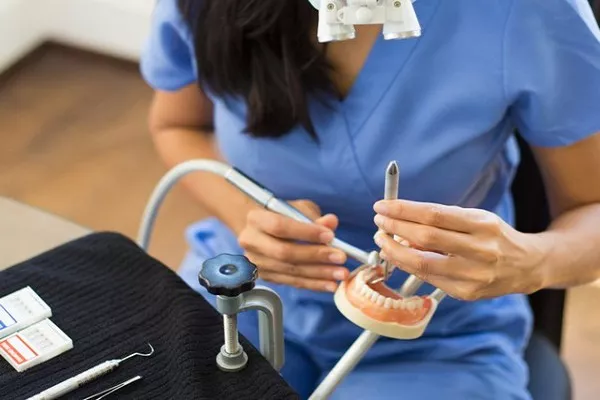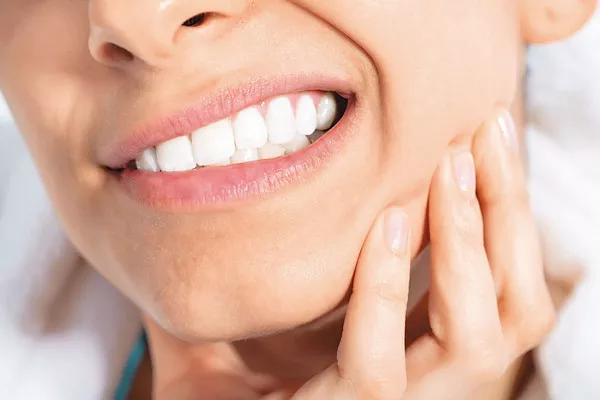In the realm of oral health and dentistry, the intricate alignment and arrangement of teeth play a pivotal role in both aesthetics and functionality. While most individuals strive for a perfectly aligned set of teeth, it’s important to recognize that natural variations exist. One common occurrence in dental alignment is the presence of spaces between teeth. These spaces, medically known as diastemas, have raised questions and curiosity among patients seeking to understand their causes, implications, and potential treatments. This article aims to shed light on the concept of spaces between teeth, exploring the factors contributing to their formation, their impact on oral health, and the available interventions for those who seek treatment.
Understanding Diastemas
A diastema refers to a gap or space between two adjacent teeth in the dental arch. This phenomenon can manifest in different areas of the mouth and can vary in size from barely noticeable to more substantial gaps. Diastemas most commonly occur between the upper front teeth, but they can also appear between other teeth. While some individuals embrace these gaps as unique features, others may desire treatment to close them.
Causes of Diastemas
Several factors contribute to the development of diastemas:
Dental Size Discrepancies: Disproportionate tooth sizes can lead to gaps. For instance, if a person has smaller teeth in proportion to their jaw size, gaps may form between teeth due to insufficient space.
Missing Teeth: Gaps can arise if one or more teeth are missing, creating extra space between neighboring teeth. The surrounding teeth may shift to fill the space, resulting in diastemas.
Oral Habits: Thumb-sucking or using a pacifier beyond a certain age can influence the alignment of teeth, potentially leading to diastemas.
Tongue Thrusting: Some individuals have a habit of thrusting their tongue against their teeth during swallowing or at rest. This repeated pressure can create gaps between teeth.
Gum Disease: In cases of advanced gum disease, the supporting tissues around teeth can deteriorate, leading to tooth mobility and gaps.
Genetics: Genetic factors play a role in dental development and alignment. Some individuals may be predisposed to diastemas due to their genetic makeup.
Implications for Oral Health and Aesthetics
The presence of diastemas can have both functional and aesthetic implications:
Food Impaction: Spaces between teeth can trap food particles, increasing the risk of plaque buildup and gum irritation.
Speech Challenges: In some cases, diastemas can affect speech by altering airflow during certain phonetic sounds.
Self-Esteem and Aesthetics: Many people feel self-conscious about prominent gaps in their smile, which can impact their confidence and self-esteem.
Available Treatment Options
For those who seek to address diastemas, several treatment options are available:
Orthodontic Treatment: Orthodontic interventions, such as braces or clear aligners, can gradually shift teeth to close gaps and achieve proper alignment.
Dental Bonding: Dental bonding involves applying a tooth-colored resin to the teeth to close small gaps. This is a non-invasive procedure that yields immediate results.
Veneers: Porcelain veneers are thin shells placed over the front surface of teeth to improve their appearance. Veneers can be used to close gaps and enhance aesthetics.
Dental Implants or Bridges: If a gap is due to a missing tooth, dental implants or bridges can be used to fill the space and restore functionality.
Retainers: Following orthodontic treatment, retainers help maintain the new tooth alignment and prevent gaps from reappearing.
The Role of Dental Professionals
Seeking the guidance of dental professionals is crucial when considering treatment for diastemas. Dentists and orthodontists assess the individual’s oral health, dental history, and desired outcomes to recommend the most appropriate treatment approach.
Conclusion
Spaces between teeth, known as diastemas, are a natural variation in dental alignment that can have functional and aesthetic implications. While some individuals embrace these gaps, others seek treatment to close them. Understanding the causes of diastemas, their impact on oral health and aesthetics, and the available treatment options empowers individuals to make informed decisions about their dental care. With the guidance of dental professionals, achieving a healthy and confident smile is within reach for those who choose to address diastemas.
Related Topics:






























